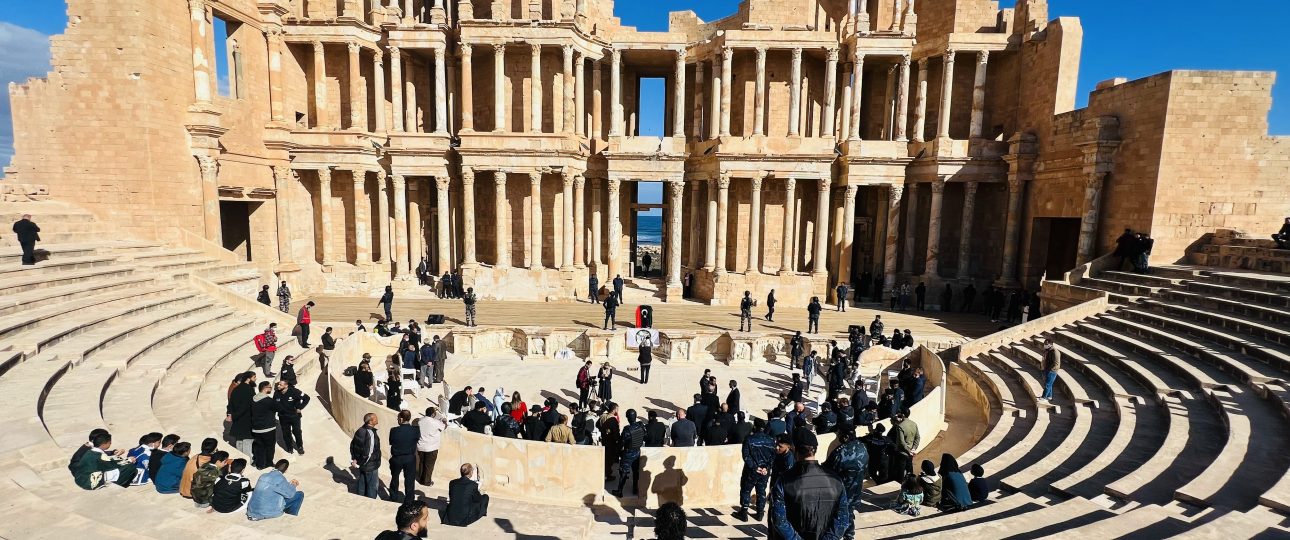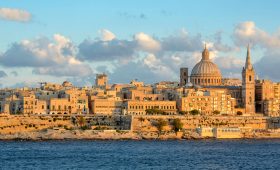Discovering Sabratha
Sabratha, located on Libya’s Mediterranean coast, offers a fascinating glimpse into ancient history. This city, originally established as the Phoenician trading post of Tsabratan around 500 BCE, later became a significant Roman settlement. Despite challenges, including earthquakes and changing rulers, Sabratha’s ruins remain a testament to its storied past.
A Journey Through History
Sabratha’s history is rich and varied. After its Phoenician beginnings, it became part of the Numidian kingdom before being annexed by the Roman Republic in the 1st century BCE. The city flourished under Roman rule, especially during the Severan dynasty, when it nearly doubled in size. However, earthquakes in the 4th century and subsequent Vandal control led to its decline. A brief revival occurred under Byzantine rule, marked by the construction of churches and a defensive wall. Eventually, trade shifted, and Sabratha dwindled to a village.
Exploring the Ruins
Walking through Sabratha’s ruins is like stepping back in time. The Roman theater stands out with its grandeur, offering a glimpse into the city’s cultural life. Nearby, the temples of Liber Pater, Serapis, and Isis showcase the religious diversity of the era. Don’t miss the Christian basilica from Justinian’s time, a reminder of the city’s Byzantine phase. The site also includes Roman dwellings that hint at daily life centuries ago.
Visiting the Museum
Adjacent to the ruins, the museum houses artifacts that provide deeper insights into Sabratha’s past. From pottery to mosaics, the collection paints a vivid picture of the city’s history. It’s a must-visit for anyone interested in understanding the daily lives of Sabratha’s ancient inhabitants.
Natural Landscapes
Beyond its historical sites, Sabratha offers beautiful natural landscapes. The Mediterranean coastline features pristine beaches and clear waters, perfect for a relaxing day by the sea. While the nearby Sahara Desert presents a stark contrast, offering opportunities for camel treks and stargazing under expansive skies.
Challenges and Considerations
Traveling to Libya can be challenging due to current political and security issues. As of 2023, visiting Sabratha often requires joining a guided tour. Independent travel is possible, but accommodations and logistics are typically arranged by guides. Be prepared for potential travel restrictions and plan accordingly.
Best Time to Visit
For a comfortable experience, visit Sabratha in spring or autumn. Summers can be extremely hot, while winters are cooler but still mild. These seasons offer the best weather for exploring both the ruins and the natural surroundings.
Getting There
Sabratha is about 65 kilometers west of Tripoli. The most straightforward way to reach it is by flying into Tripoli International Airport and then taking a taxi or hiring a car. Public transport options like buses are available but may involve longer travel times.
Local Transportation
Once in Sabratha, getting around is relatively easy. Taxis are available, and renting a bicycle offers a more immersive way to explore the compact city. Cycling allows you to discover hidden corners at your own pace.
Visiting Sabratha is a journey through time, offering insights into ancient civilizations and the beauty of Libya’s landscapes. While travel here requires careful planning, the experience is rewarding for those interested in history and culture.




